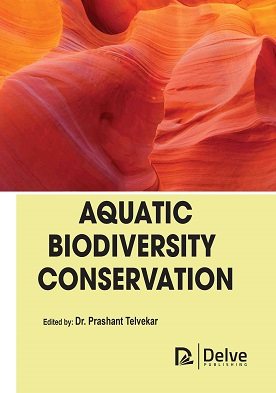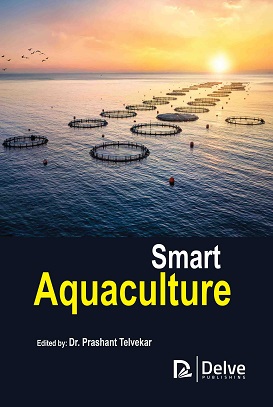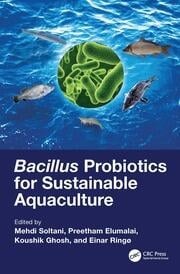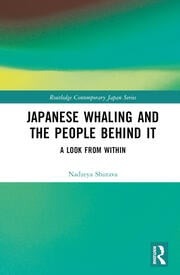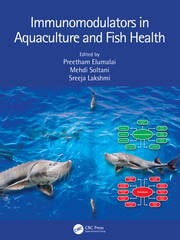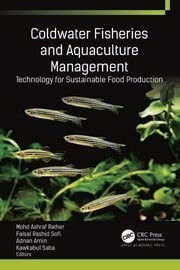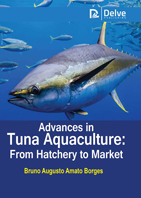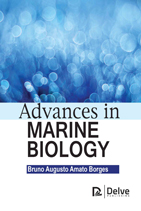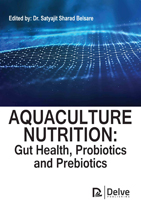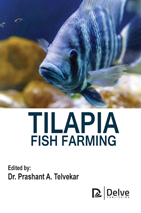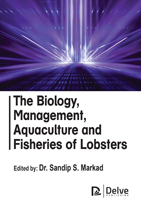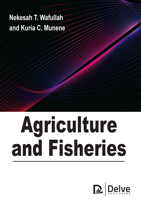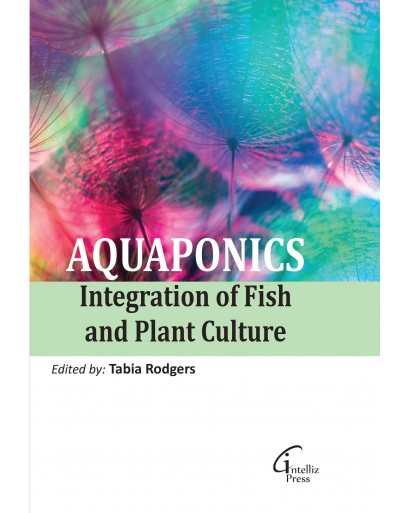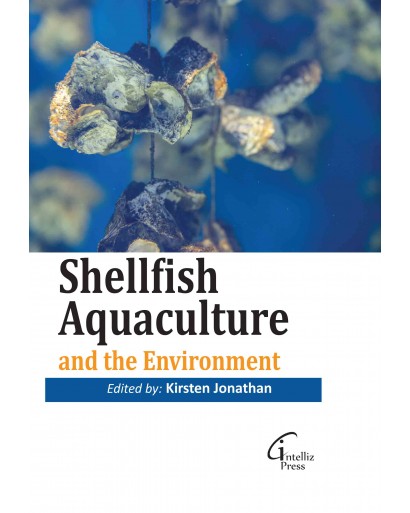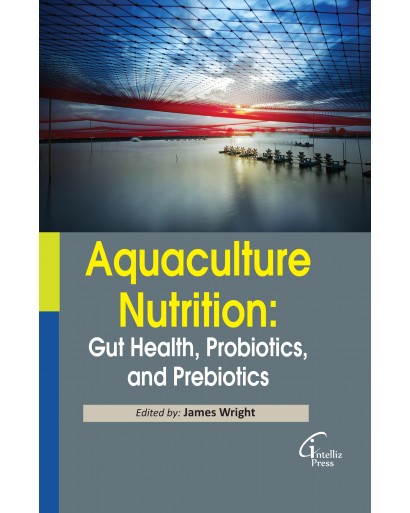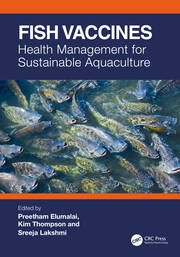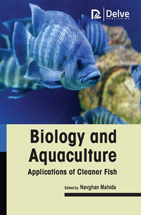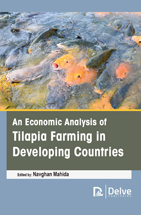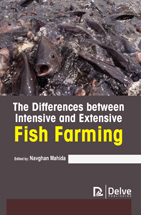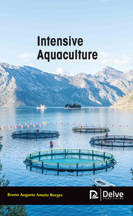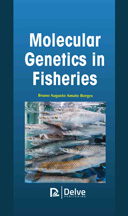A vast variety of organisms, from fish, crustaceans, molluscs, marine mammals, and aquatic plants to microscopic phytoplankton and zooplankton, make up the aquatic biodiversity. These organisms participate in the ecological processes and responsible for keeping life on Earth alive by forming intricate food webs. However, human activity poses a serious threat to aquatic biodiversity. Overfishing, habitat loss, climate change, introduction of exotic plants and animals, pollution from urban areas, industries, and agricultural zones, as well as the loss and alteration of ecological niches are a few of the main issues that aquatic ecosystems are currently facing. Ecosystem services and biodiversity can be lost as a result of habitat destruction, such as damming rivers, draining wetlands, and destroying coral reefs. Numerous fish populations have declined as a result of overfishing and upsetting food chains, behavior, and the health of ecosystems like coral reefs and mangroves, climate change presents a particularly serious threat to aquatic biodiversity. These threats have severe implications for the health and stability of aquatic ecosystems. A multifaceted strategy is needed to conserve aquatic biodiversity, including pollution reduction, climate change mitigation, sustainable fisheries management, and the preservation of important habitats. These efforts are essential for maintaining ecological balance and ensuring the long-term sustainability of aquatic environments.





